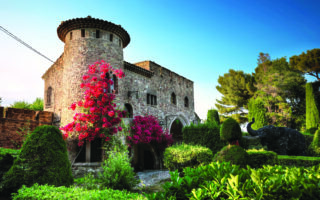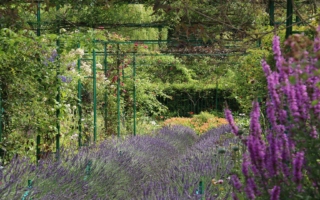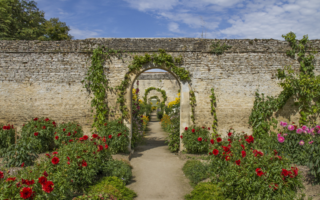The Perfect Potager: Gardening in France
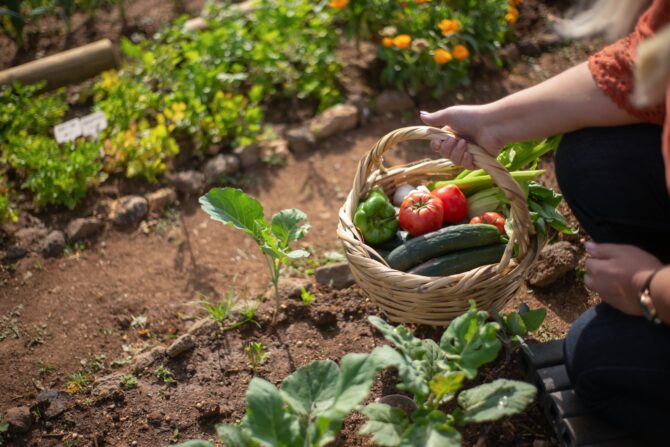
Be inspired to think about creating your own Villandry-style potager while ensuring your plants gets plenty of water, says Sue Bradley
The ornamental kitchen garden at Villandry has inspired countless imitations. Every year, the thousands of people who are drawn to this imposing château in the Loire Valley admire its Renaissance-style potager. It was designed by Joachim Carvallo during the early 20th century based on extensive research as to how the site might have looked during the 1500s.
The result is a garden of nine sections, each the same size, but with a different geometric motif, edged with low box hedges, into which vegetables, flowers and fruit are planted. For modern-day gardeners at Giverny, maintaining the ornamental look of the kitchen garden takes priority over producing vegetables and fruit to eat.
At home, however, it’s possible to be more relaxed over gaps that emerge as a result of harvesting. Creating a Villandry-inspired potager requires a bit of planning, along with time to allow for young box plants to develop to the point at which they can be clipped to form a smart low hedge.

Villandry Garden – Wikimedia Commons Calips
An important first step is to measure the size of the site you are using and come up with a design to fit. This early stage is also a good time to think about the fertility and structure of the soil and to beef it up with some well-rotted manure and homemade compost to provide plenty of nutrients for hungry young vegetables later on.
Put in box as bare-rooted plants between November and March, allowing five per metre, or eight if you’re using dwarf box. Clip the plants every winter to encourage them to bush out. This is also the best time of year to think about other long-term plantings, such as pear trees and roses.
Once the permanent framework is in place, it’s then a case of ‘colouring in’ between the lines using seasonal vegetables and flowers chosen for their particular hue.
Planting schemes can be as simple as alternating light-green and dark-leaved lettuces, which look stunning both close up and from a distance. Other good vegetables to grow include blue-green leeks, red cabbage, purple beetroot and vibrant green carrot tops, along with red tomatoes and black or white aubergines.
Bring on these plants under cover and put them into the soil once they’re a reasonable size, placing them more closely together than the books recommended to achieve a block of colour.
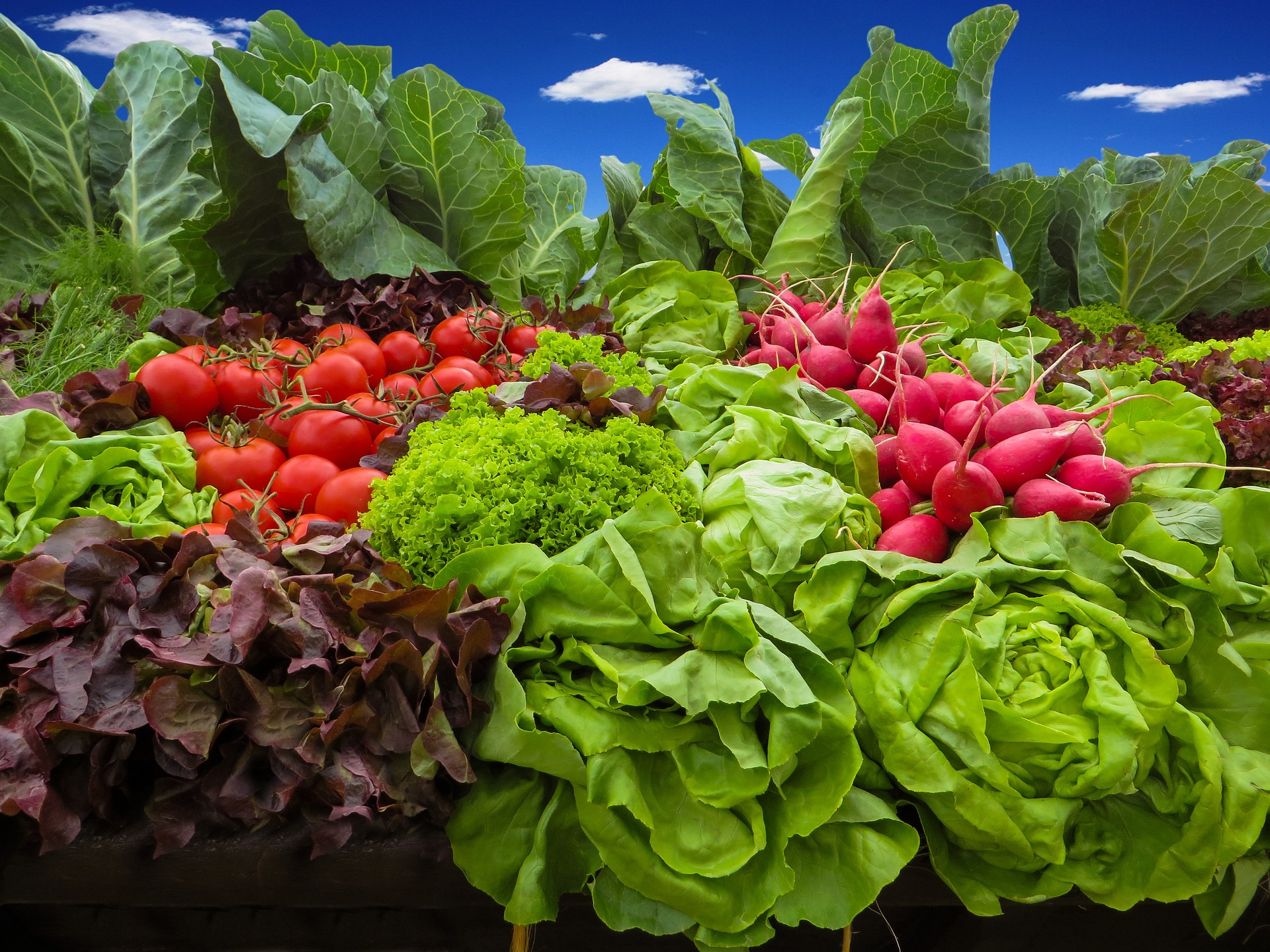
In the meantime, sow more seeds so that there are plenty of successors ready to replace harvested vegetables, or plants that have gone to seed. A green manure, such as Phacelia tanacetifolia, will keep the soil in good condition at the end of the year.
The potager at Villandry has been managed using organic principles for the past decade, something that chimes with the historic practice of mixing flowers with vegetables and the way this attracts beneficial insects that predate pests. Marigolds are a classic bloom for combating aphids, while roses and nasturtiums act as ‘sacrificial’ plants.
The tending of ornamental kitchen gardens is said to date back to monastic times, but the wisdom of the early gardeners still holds firm today.
Share to: Facebook Twitter LinkedIn Email
More in Centre-Val de Loire, garden, gardening
